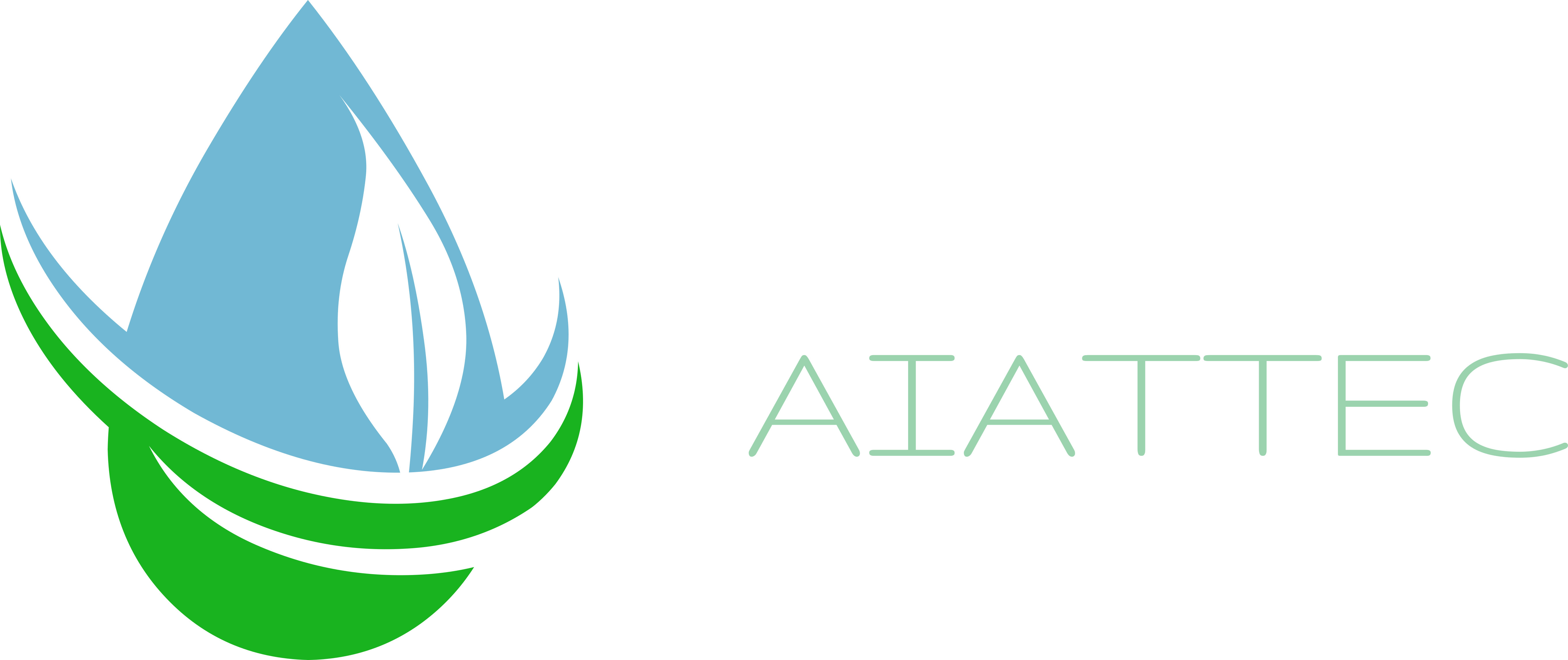
IRRICAD Software Training
AIATTEC is the sole distributor of IRRICAD in the Middle East (The Arab Gulf, Jordan, Lebanon, Syria, Iraq) providing all training and technical support services to its customers.
IRRICAD is a standalone, graphically based, computer aided design package developed specifically for designing pressurized irrigation or water supply systems.
IRRICAD is far more than a drawing package because it combines the advantages of CAD drawing with powerful hydraulic pipe sizing and network analysis techniques, and also provides automatic selection of pipe fittings thereby generating a complete bill of materials.
| Systems can be designed to cover the full range from: | |
| · Sprinkler
· Micro-Sprinkler · Drip / Drip Tape · Nursery · Dust Suppression |
· Mainline Networks
· Stock Water Systems · Residential and Commercial Turf · Sports fields / Golf Courses · Gravity Pressurized Systems |
https://www.irricad.com/distributors/
IRRICAD™ is the global leader in irrigation design software, developed by irrigation engineers at Lincoln Agritech. IRRICAD is used for designing all types of pressurized irrigation systems from concept through to completion; it is the essential design package.
The program allows for rapid analysis of complex hydraulic systems, which facilitates faster design changes. The IRRICAD program comes with fully customizable databases from major irrigation suppliers.
Established in 1988, today IRRICAD is distributed globally and is sold to over 90 countries across multiple continents including Australasia, North and South America, Europe, the Middle East, Africa, China and Asia.
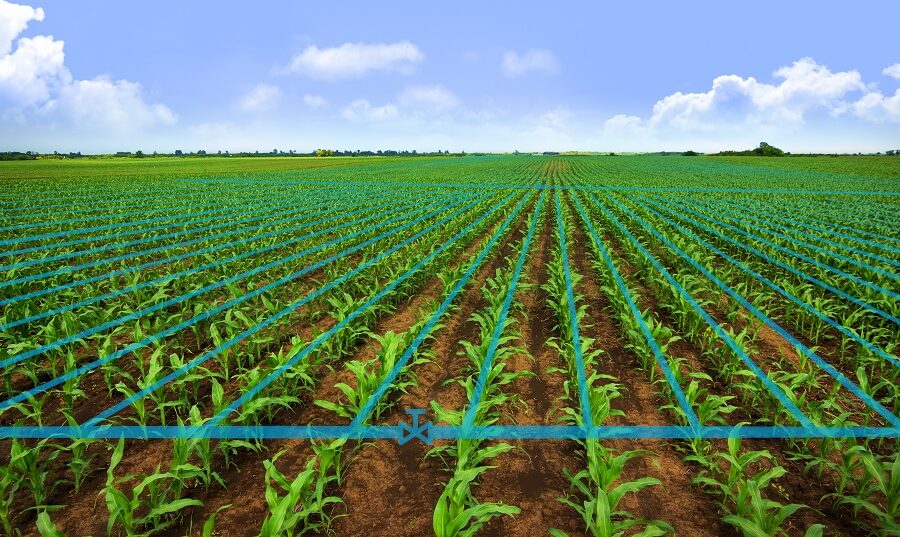
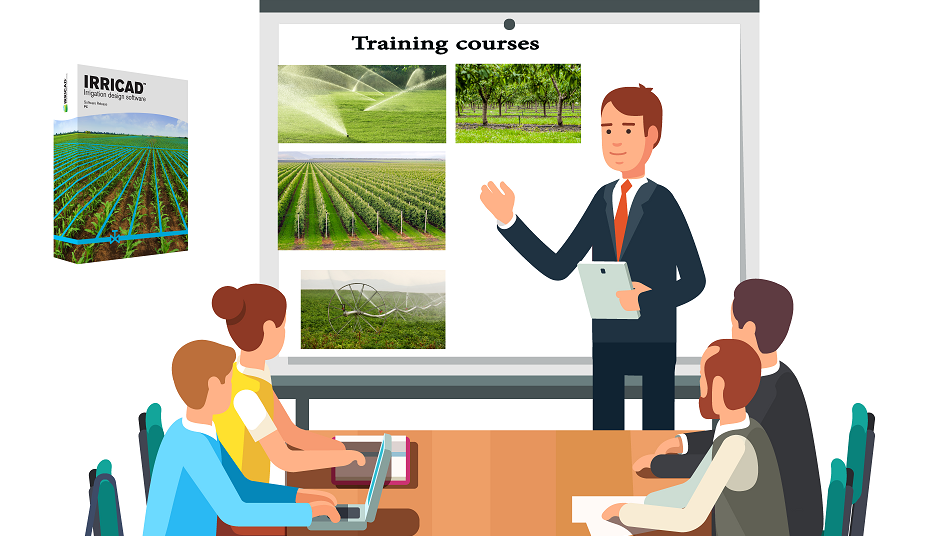

IRRICAD benefits
- A fast, accurate and convenient tool to produce high quality irrigation designs
- Effortless compilation of hydraulic reports, pricing & material lists
- A wide range of design options to give you an edge over your competitor
- A rapid response mechanism to your clients changing needs
- Increased productivity and enhanced company image
IRRICAD – Sector
- Agriculture and horticulture
- Drip and micro-sprinkler systems
- Solid set (including frost protection)
- Residential, commercial turf and golf areas
- Rural water and stock water supply
Importance of a good design
- Having the best irrigation equipment doesn’t mean you will have a well irrigated crop.
- It all starts with a well thought out design, where factors like landscape, topography, soil type and management of the block are understood.
- Using irrigation equipment that has a range of diameters, spacing and flowrates is important. So you use the right part for the right job. One pipe size is not enough.
- The cookie cutter method (treating all blocks the same) is less economically efficient (both for water and energy use).
Optimize design
- IRRICAD software offers the tools for more accurate and efficient designs.
- It provides a rapid analysis of complex hydraulic systems and doesn’t allow calculation errors.
Superior support and training
- Annual program updates are available with highly rated technical support provided to users.
- IRRICAD training is very important, so you keep up to date with all the features and can use IRRICAD skilfully. IRRICAD.
Training Courses
- Irrigation System Design Principles
- Irrigation Management (Efficiency and Maintenance of irrigation Systems).
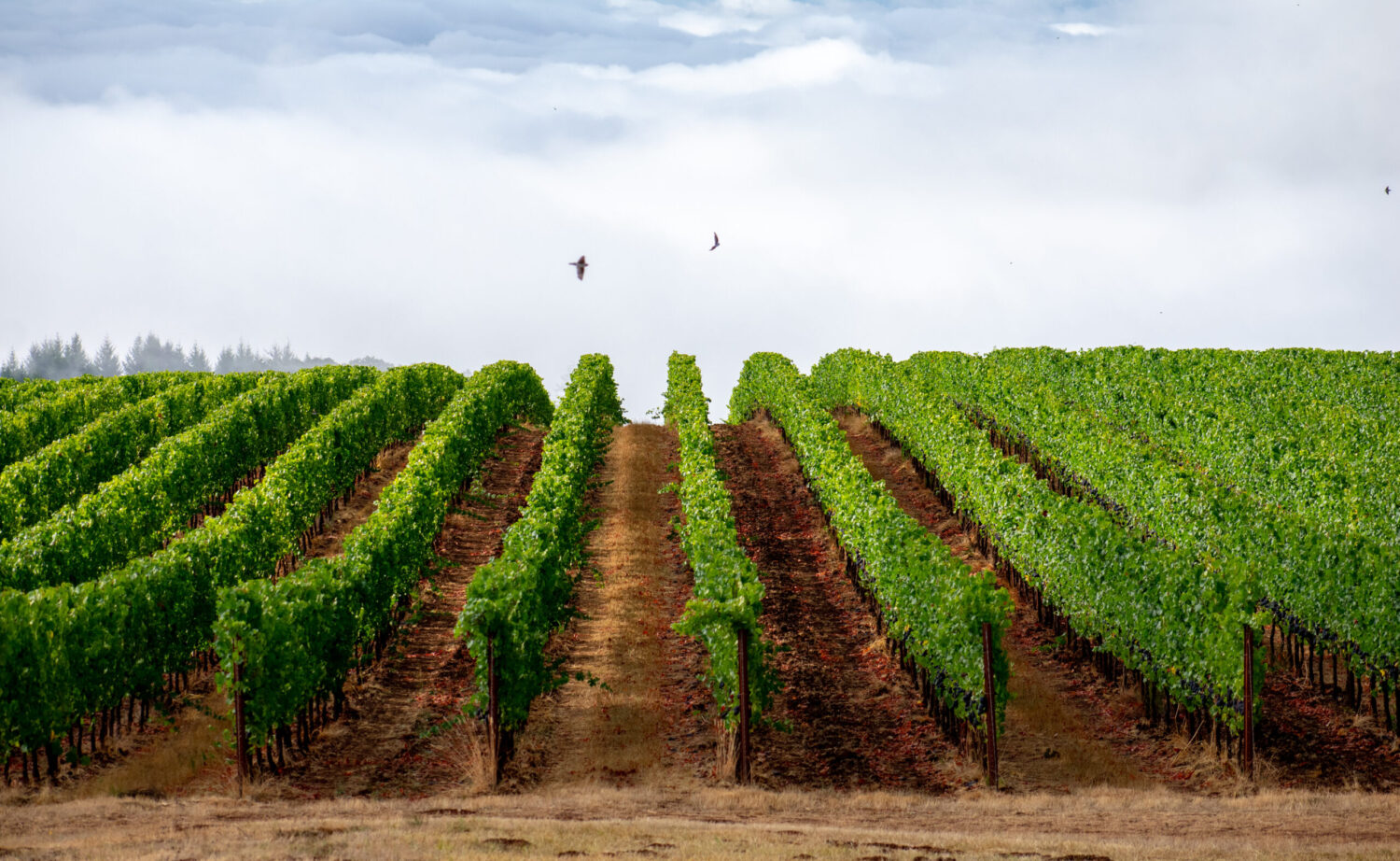
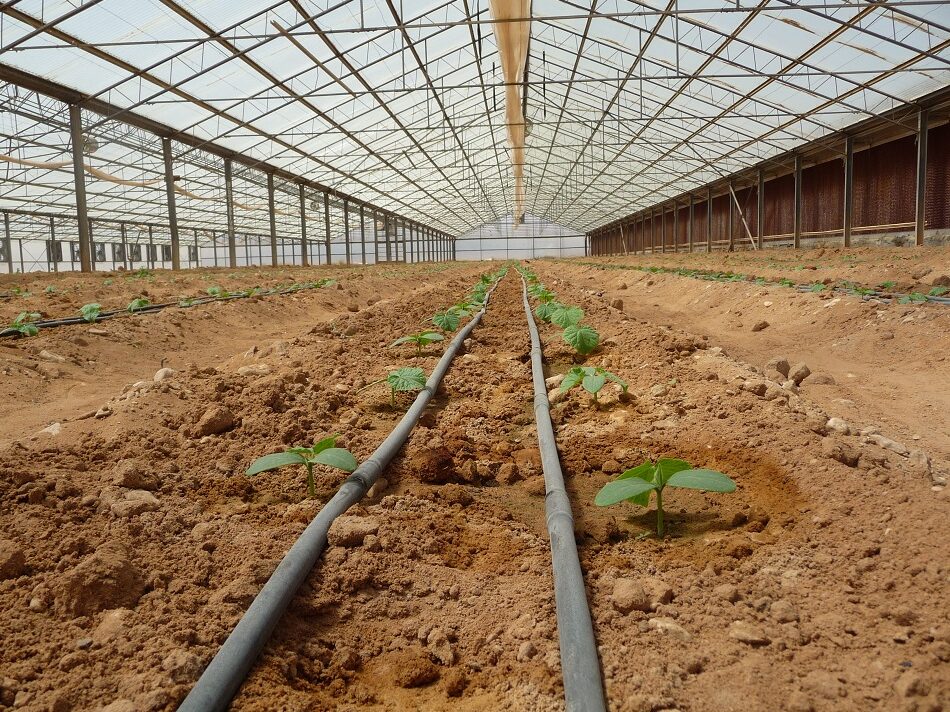
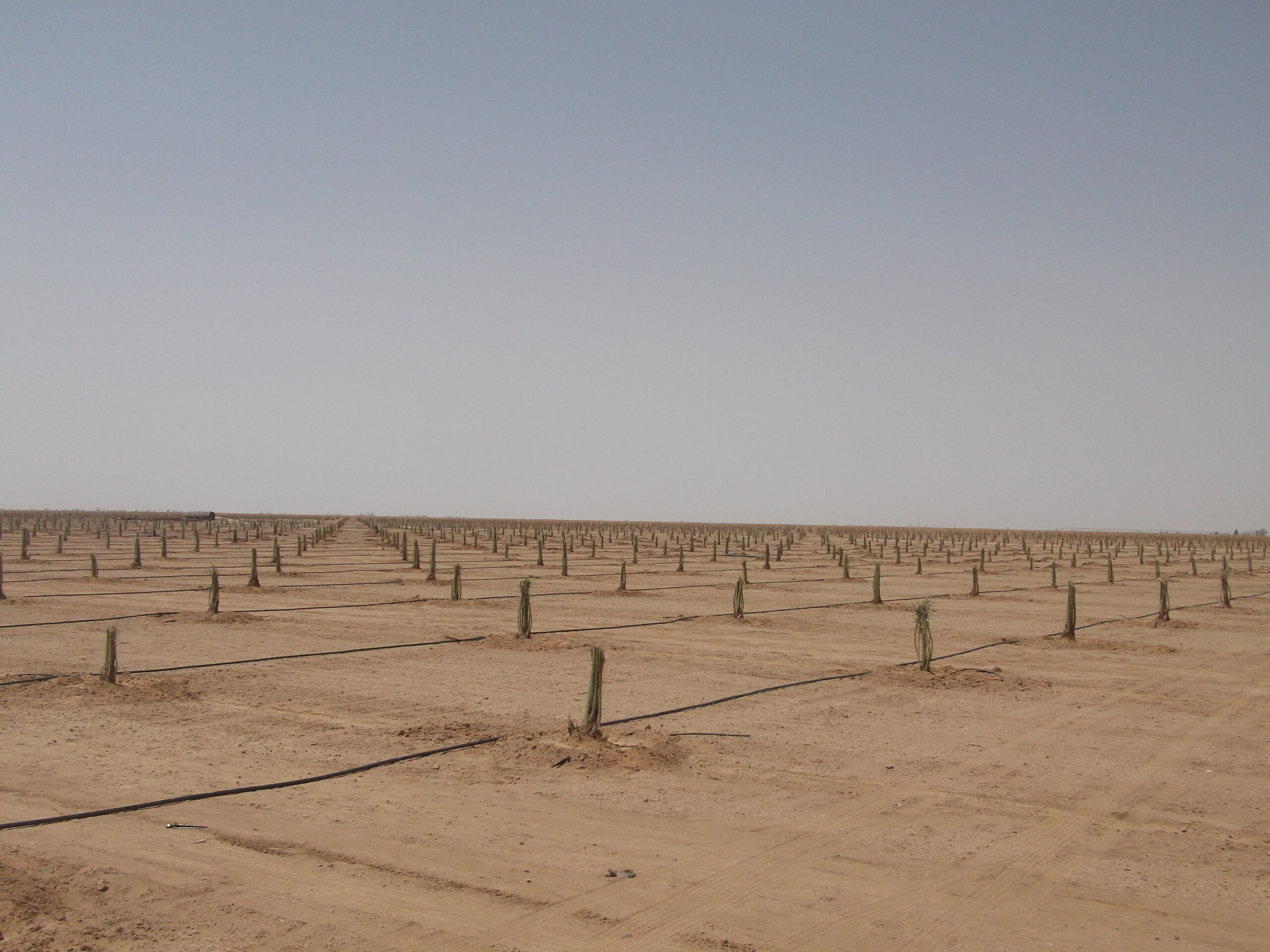
Course Content:
- Step 1: Collect basic resource data at farm (Planning Stage)
- Soil texture
- Soil water holding capacity
- Soil Infiltration rates
- Cropping programs
- Water source (quality and quantity, and water cost)
- Carry out a topographic survey to determine irrigation blocks, farm size, slopes
- Step 2: Determine Crop water requirements
- Step 3: Determine Irrigation requirements
- Step 4: Determine Percentage wetted area
- Step 5: Estimate the peak gross daily demand per plant; using the net demand per day and the following:
– System efficiency
– % of covered area
– % wetted area
– design allowance at peak demand
- Step 6: Emitter selection
– Type of emitters
– Discharge versus pressure relationship
– Manufacturer’s coefficient of variation
– Emitter discharge exponent
– Range of operating pressure
– Stability of discharge-pressure over a long time
- Step 7: Determine Number of emitters per plant and emitter spacing
- Step 8: Determine Irrigation frequency and duration
- Step 9: Lay-out of the system
- Place the drip lines, having in mind to form irrigation blocks that will be easy to operate
- and length of drip lines are important parameters to be considered Direction
- Step 10: Form irrigation blocks.
- Step 11: Estimate the flow per irrigation block
- Step 12: Determine Design emission uniformity
- Step 13: Determine Allowable pressure variation (D.T.)
- Step 14: Complete lay out of the system
- Step 15: Pipe size determination
- Laterals
- Submain
- Mainline
- Manifold
- Step 16: Determine total head requirement
- Step 17: Determine the irrigation control head
- Step 18: Determine total dynamic head
- Step 19: Determine power requirement
- Step 20: Bill of Quantities
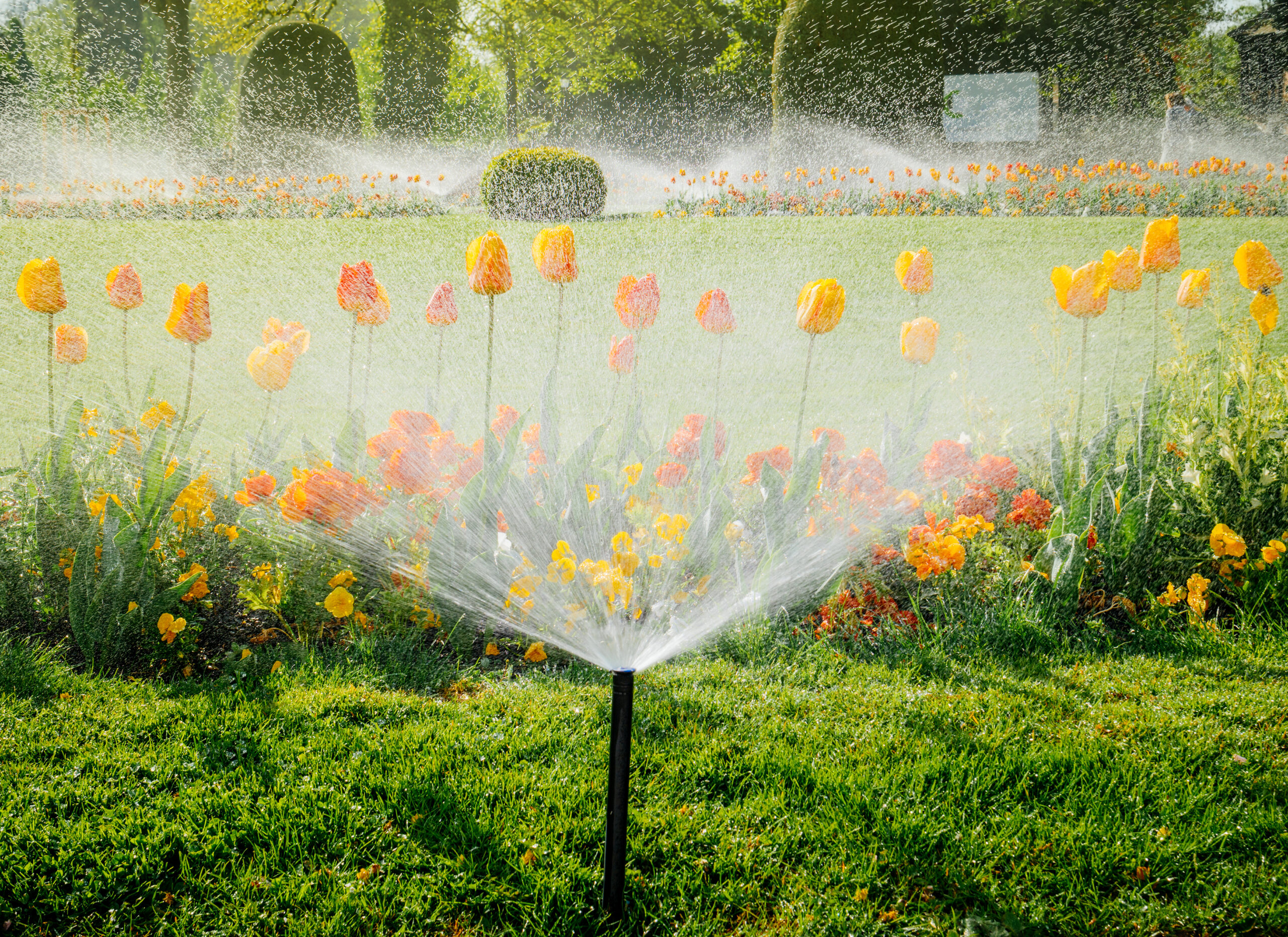

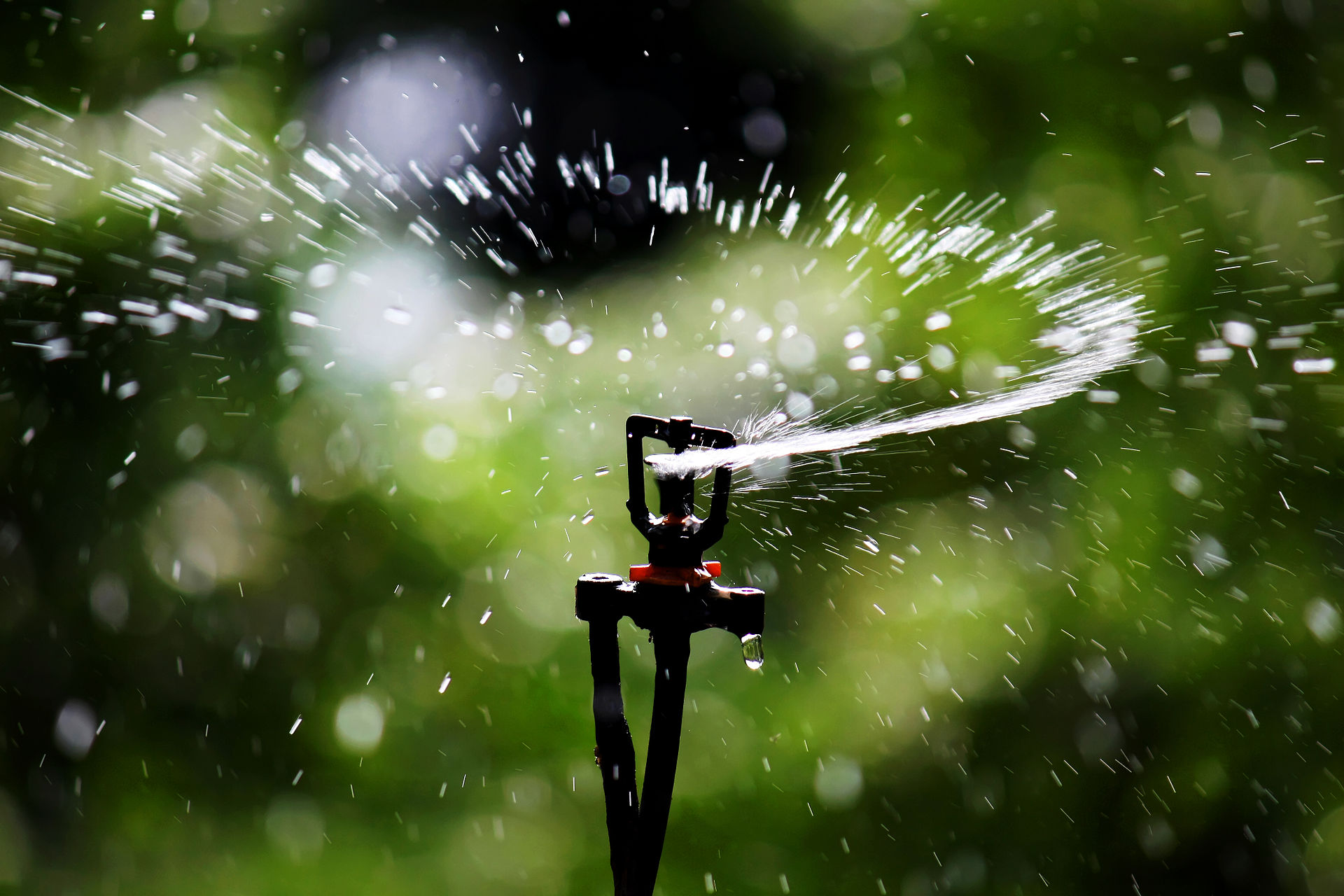
The training of the client’s covers the technical aspects of the system in terms of the operation and maintenance, as well as the agronomic issues relating to irrigation. The technical training includes troubleshooting of the system. We provide on-site training to clients.
If you apply too much water to a crop, there is a good chance that the water will run off the surface, or run through the soil profile. This results in higher pumping costs and wasted water. If you do not apply enough water, crop health suffers. This can result in lower yields. Understanding how water moves through the soil profile and how much water plants are using leads to better irrigation management and water scheduling.
Proper irrigation scheduling requires knowledge of crop water use, soil water holding capacity, and moisture applied through irrigation or rain. Keeping track of these parameters allows you to apply the right amount of water at the right time.
Regularly monitoring soil moisture and crop development in each field is necessary for successful irrigation scheduling. Irrigation monitoring uses a variety of tools including crop scouting, imagery, water probes, weather information and rain gauges.
Irrigation efficiency (IE) is the ratio of the amount of water consumed by the crop to the amount of water supplied through irrigation (surface, sprinkler or drip irrigation).
Low irrigation efficiency has negative impacts on farm profitability and the environment. Poorly performing irrigation systems and poor scheduling are major causes of low efficiency and waste of water and energy.
WAYS TO IMPROVE IRRIGATION EFFICIENCY
- Irrigation Timing.
- Irrigation Application Rates
- Irrigation Distribution
- Soil properties
- Irrigation System Maintenance
How can we improve irrigation efficiency?
- Reduce leakages
- Perform regular maintenance on system
- Improve irrigation scheduling
- Frequency and duration of irrigation events
- Reduce runoff, percolation below rootzone
Operation and maintenance
Operation and maintenance of drip or sprinkler irrigation system are most critical factors that decide success or failure of these high efficiency systems. Poorly designed system with low quality material requires more frequent maintenance whereas a well-designed system with a good quality of material synchronized as per design may needs maintenance very rarely.
Maintenance of the system also depends upon the operation time. If a system operates for more hours and more frequently, it must require a more maintenance. Furthermore, maintenance costs to be borne on the system may be reduced by proper handling and care.
It depends upon the vigilance and handling behavior of the operators/farmers as well. It is therefore a matter of prime importance to operate a system carefully and maintain regularly.
Maintenance Guide for Irrigation Systems
- Introduction
- Testing the irrigation water source
- Routine maintenance of system components
-
- Pumps
- Power units
- Water filters
- Chemical injection equipment
- Automatic valves
- Pressure gauges and flow meters
- pipes, tubing, and emitters
- Line flushing
- Water treatment to prevent emitter plugging
- Remedial maintenance for micro-irrigation systems affected by plugging
-
- Emitter maintenance and reclamation
- Purging with acid
- Other purge chemicals
6.Additional information about iron, manganese, and sulfide
